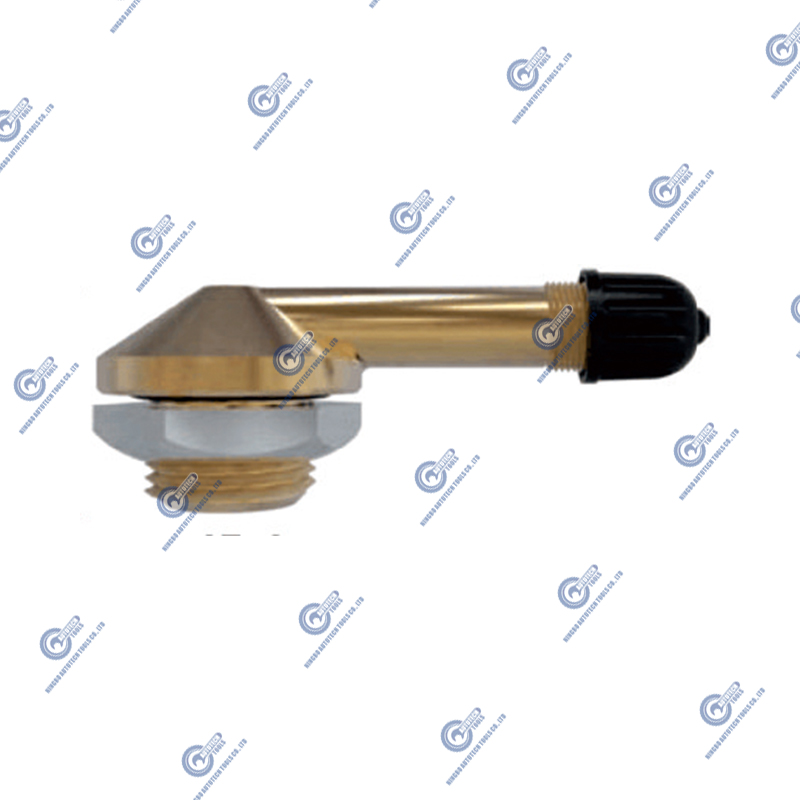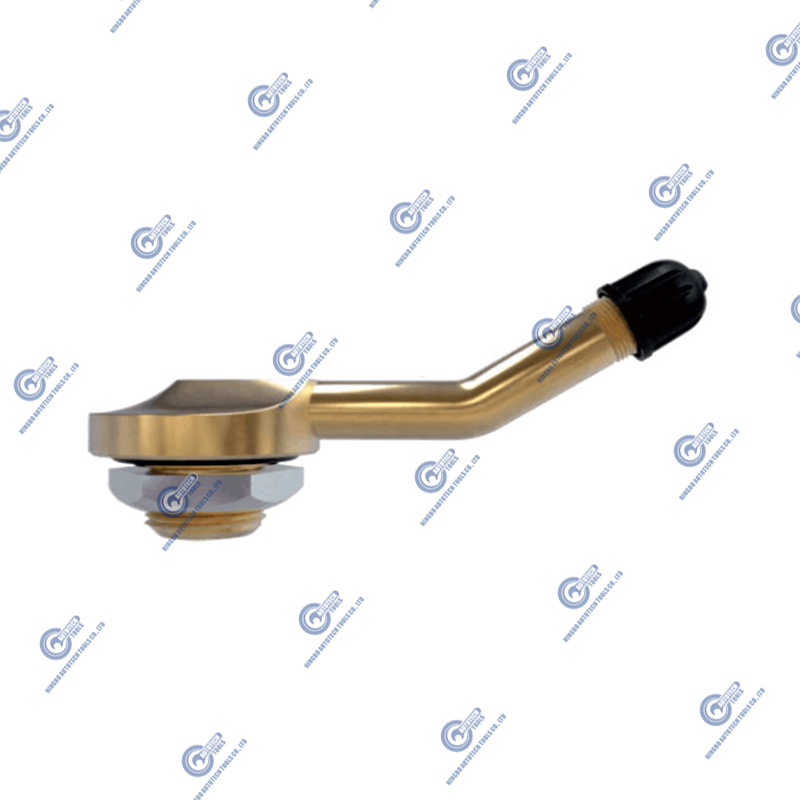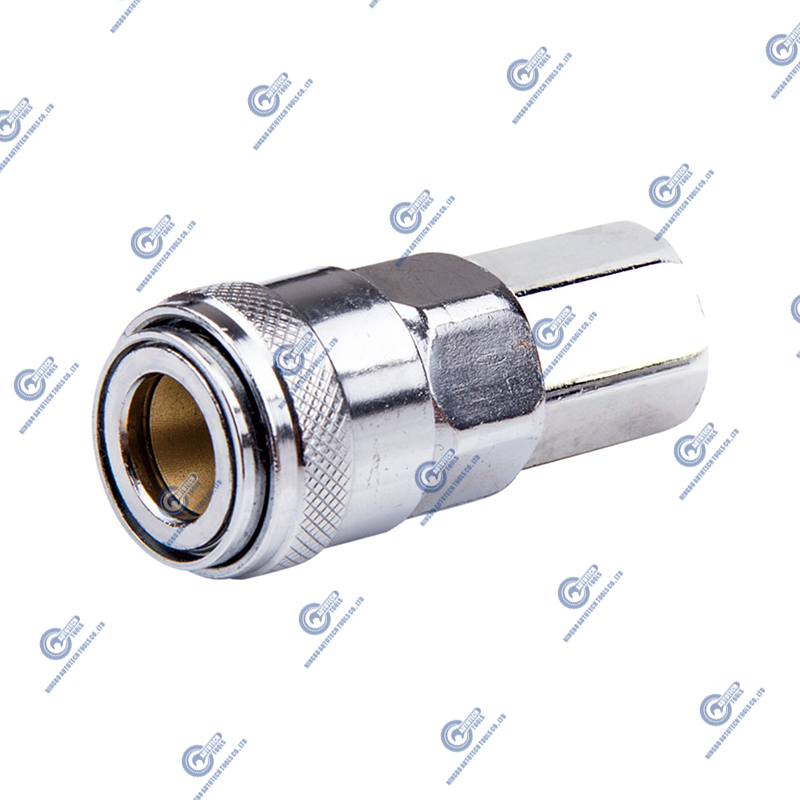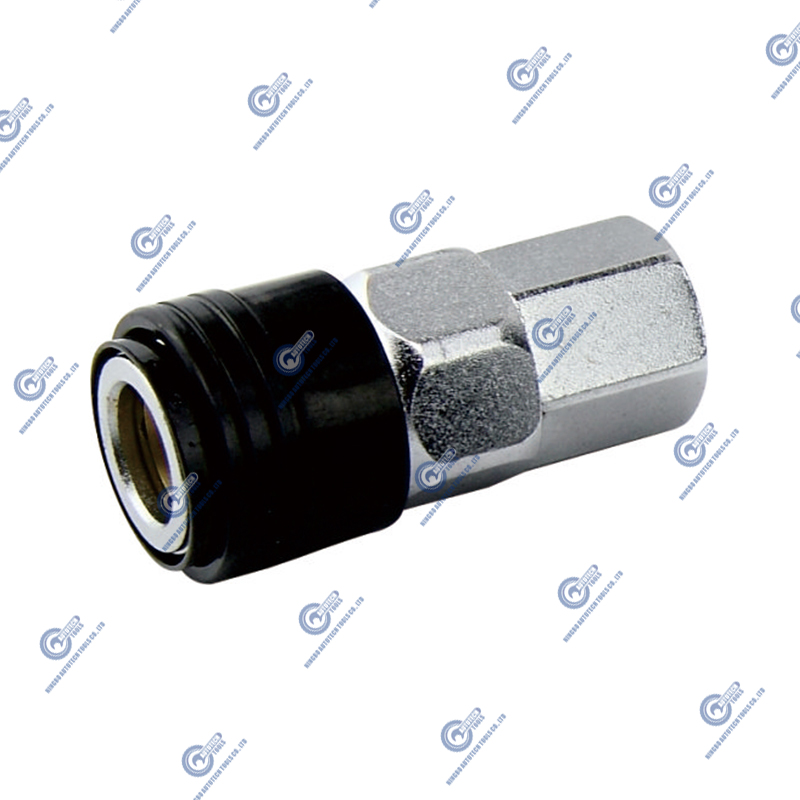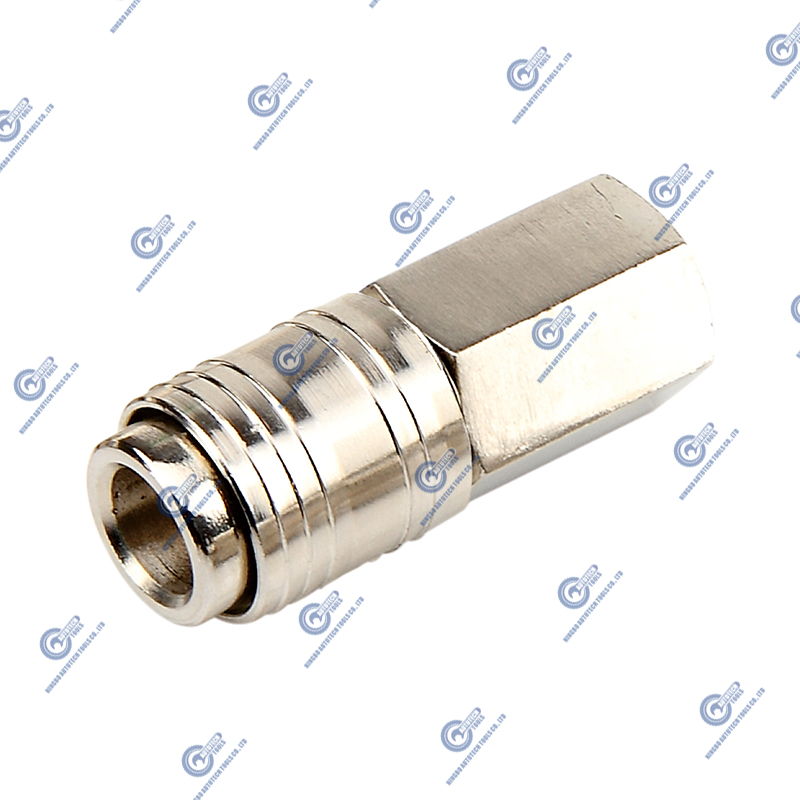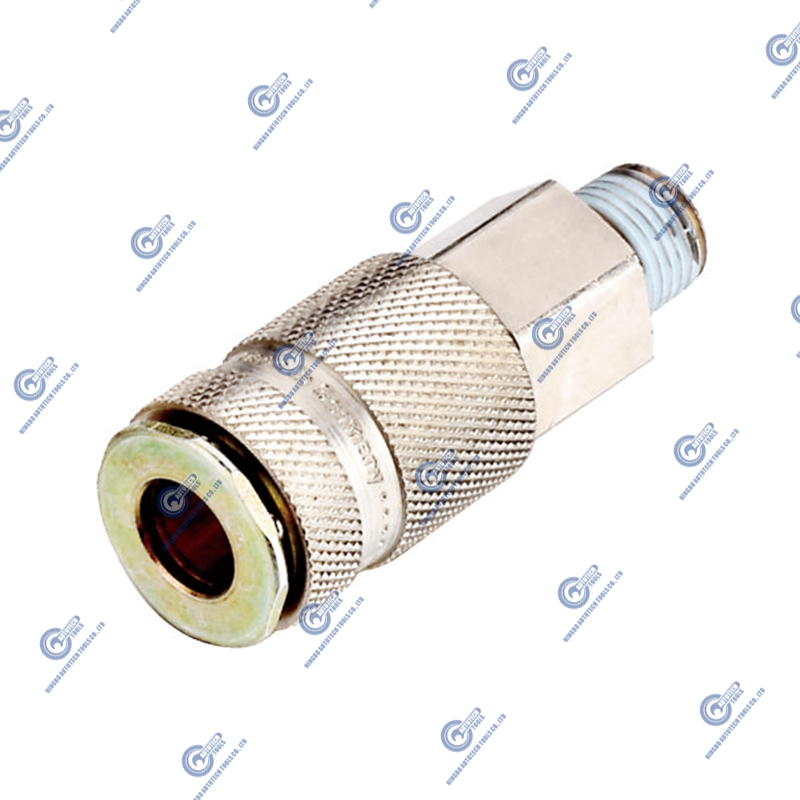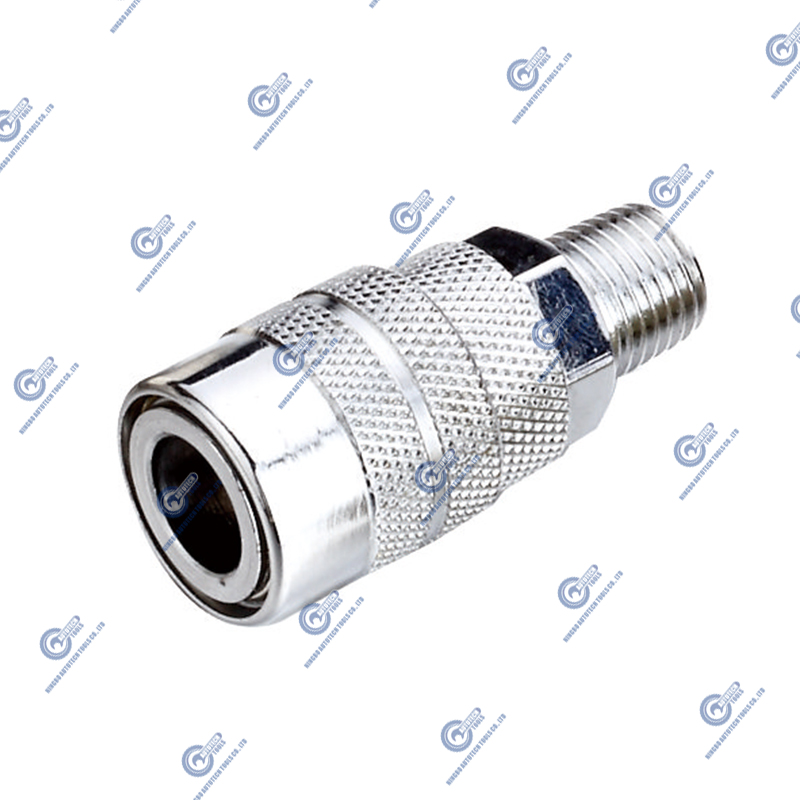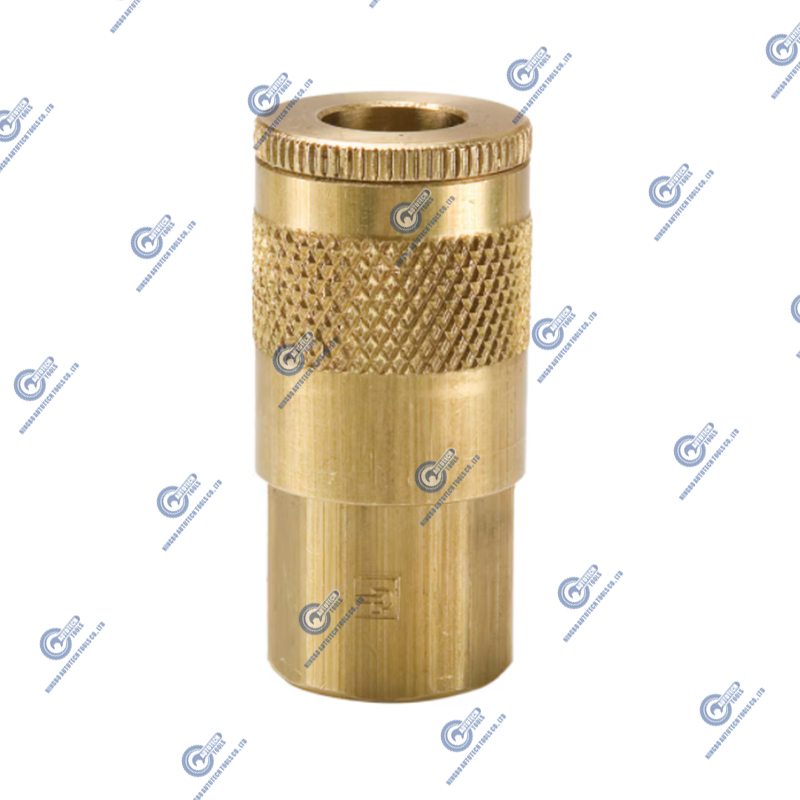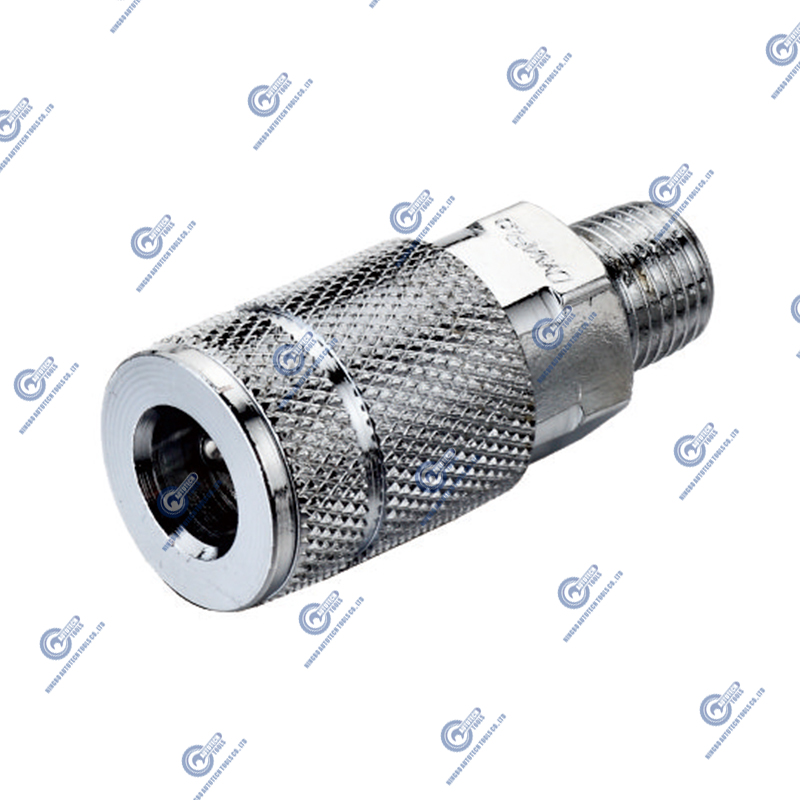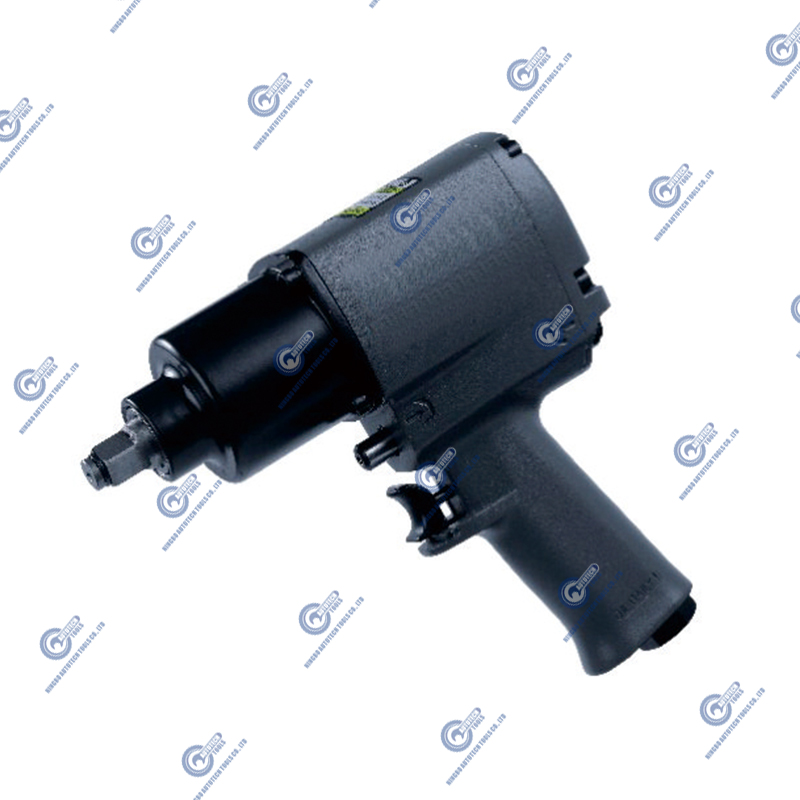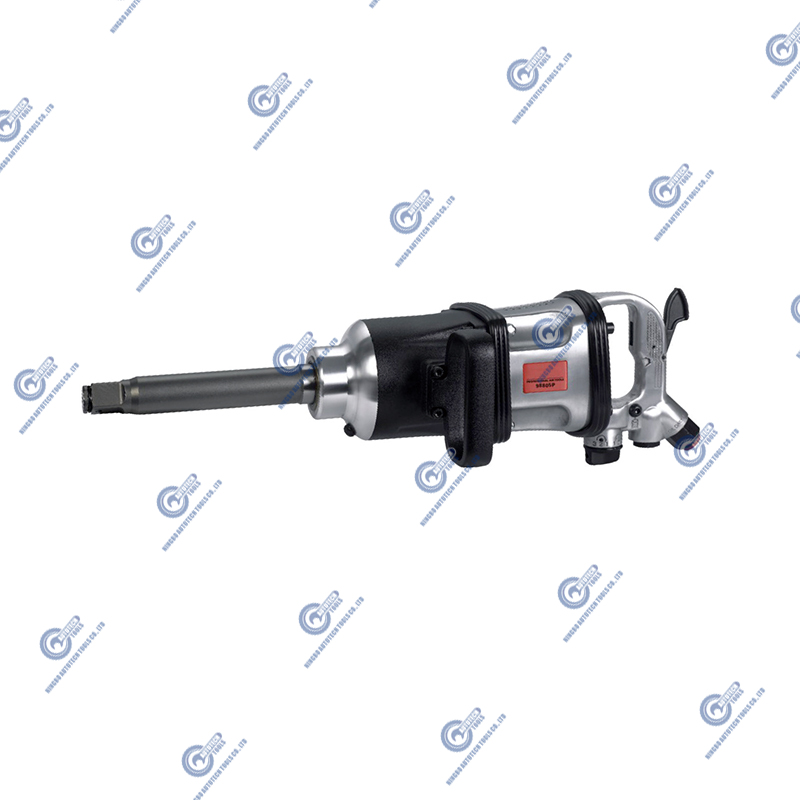Why does every car need a tire pressure gauge?
 2025.08.11
2025.08.11
 Industry news
Industry news
Tire Pressure Gauge has a significant impact on a vehicle's safety, performance, and economy. Many car owners may overlook the need to check tire pressure, believing it's a minor issue. However, improper tire pressure can lead to a range of safety hazards and high repair costs. Regularly checking tire pressure with a tire pressure gauge not only ensures safety but also improves fuel efficiency and extends tire life.
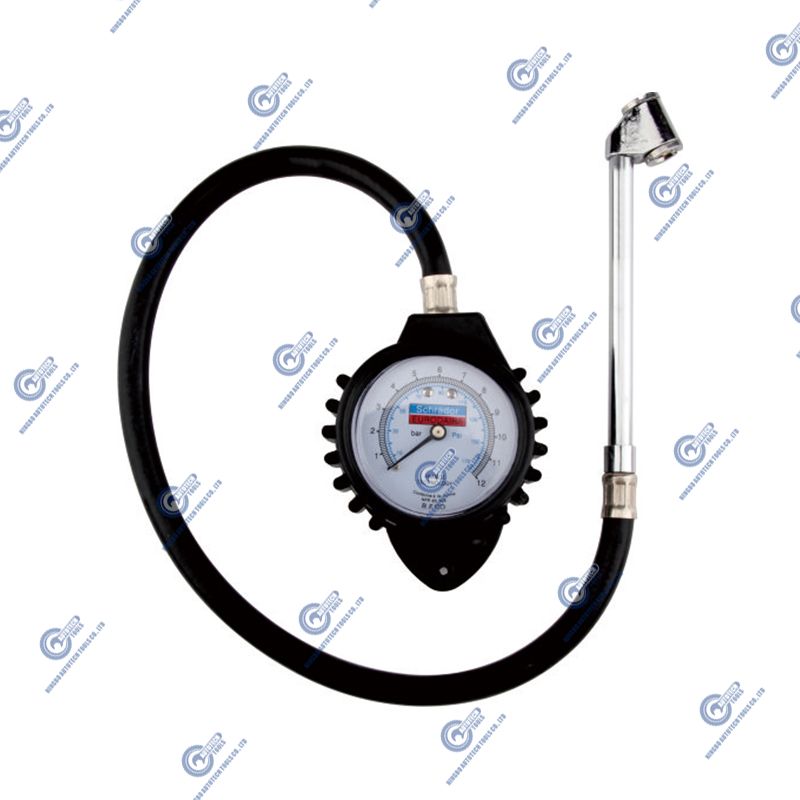
1. Ensure Driving Safety
Tires are the only part of a car that makes contact with the road. Therefore, they are crucial to a vehicle's handling, braking performance, and driving safety. Abnormal tire pressure, either too low or too high, can affect the tire's contact patch and contact pattern, thus impairing vehicle handling. Low tire pressure can cause significant tire deformation, poor handling, and increased braking distance, potentially leading to loss of control or a blowout. Overinflated tires can also make the tire surface too rigid, reducing contact with the road and grip, making it more prone to slipping, especially on wet or snowy roads. Regularly checking tire pressure with a tire pressure gauge can help prevent these hazards, ensure timely response in emergencies, and reduce the risk of accidents.
For example, in 2017, accidents caused by low tire pressure increased by 17%. By regularly checking tire pressure, many car owners can avoid this problem.
2. Improve Fuel Efficiency
When tire pressure is too low, friction between the tire and the road increases, requiring more power to overcome this resistance, resulting in increased fuel consumption. Maintaining proper tire pressure reduces this extra friction, improving fuel efficiency and saving money.
According to the U.S. Department of Energy (DOE), for every pound per square inch (PSI) below the recommended tire pressure, fuel consumption increases by 0.3%. For a car with an average fuel consumption of 8L/100km, low tire pressure can add 100-200 yuan to annual fuel costs. Maintaining proper tire pressure is especially important during periods of rising fuel prices.
For example, studies have shown that drivers who regularly check their tire pressure can save 2-3% on fuel costs annually, a significant saving for long-distance drivers.
3. Extending Tire Lifespan
Incorrect tire pressure not only increases fuel consumption but also accelerates tire wear. Excessively low tire pressure can cause uneven wear along the edges of the tire, significantly shortening its lifespan. Excessively high pressure can cause excessive wear in the center of the tire, also shortening its lifespan. Maintaining proper tire pressure ensures even wear, extending tire lifespan and reducing the frequency and cost of tire replacements. Example: If you check your tire pressure monthly and keep it within the manufacturer's recommended range, you can extend your tire life by approximately 25%. This means you won't have to replace your tires prematurely, saving hundreds of dollars in repair costs.
4. Improve Vehicle Handling
Tire pressure directly impacts vehicle handling. If tire pressure is too low, the tire will deform, causing a loss of balance, sluggish steering, and even skidding. If pressure is too high, the tire will become too stiff, weakening its contact with the road and making handling difficult, especially during sudden braking or tight turns.
Maintaining the correct tire pressure ensures vehicle stability and improves handling in extreme weather or road conditions. This not only makes the vehicle more stable on highways, but also allows it to stop more quickly under emergency braking, ensuring safer driving.
Example: According to automakers, vehicles with properly inflated tires have faster steering response times and approximately 5% shorter stopping distances than those with abnormally inflated tires.
5. Reduce Accidents
Statistics show that approximately 70% of tire blowouts are caused by excessively low or high tire pressure. Abnormal tire pressure not only affects driving stability but can also lead to tire ruptures or blowouts, which can in turn cause serious traffic accidents. Regularly checking tire pressure with a tire pressure gauge can help detect abnormal tire pressure in a timely manner and prevent blowouts and accidents.
For example, a survey conducted by a certain car brand found that owners who regularly checked tire pressure had a 40% lower tire blowout rate than those who did not. Therefore, regular tire pressure checks are an effective way to reduce accidents.
6. Comply with Vehicle Maintenance Requirements
Many car manufacturers explicitly recommend in their owner's manuals that owners regularly check tire pressure to ensure optimal vehicle performance. Failure to do so could affect the vehicle's maintenance record and even lead to performance issues. During the warranty period, abnormal tire pressure may also affect the warranty, leading to repair and compensation issues.
For example, some car brands require regular tire pressure checks as a condition of extending the warranty. Failure to follow this requirement may void the warranty and prevent free repairs.
7. Easy to Use and Low Cost
Checking tire pressure using a tire pressure gauge is simple and only takes a few minutes to obtain accurate results. A wide variety of reasonably priced tire pressure gauges are available, ranging from manual to digital models. Regularly checking tire pressure is not only time-saving but also helps prevent expensive repairs caused by abnormal tire pressure.
For example, a good-quality digital tire pressure gauge costs approximately 30-50 yuan, while a new tire can cost several hundred yuan. If a tire fails prematurely due to an air pressure issue, the cost can be significant. Therefore, regularly checking tire pressure is a low-cost, high-return maintenance measure.
8. Adapting to Different Weather Conditions
Temperature changes have a direct impact on tire pressure. In cold weather, the increased density of air causes tire pressure to drop; while in hot summer, the rising temperature causes tire pressure to rise. Regularly checking tire pressure, especially during seasonal changes, can help prevent abnormal tire pressure caused by temperature fluctuations. For example, in cold winter weather, if the tire pressure is 0.5 psi lower than normal, it may cause a 5% drop in fuel efficiency. Regular inspections can ensure that the tires maintain optimal pressure in cold weather and avoid wasting fuel.



